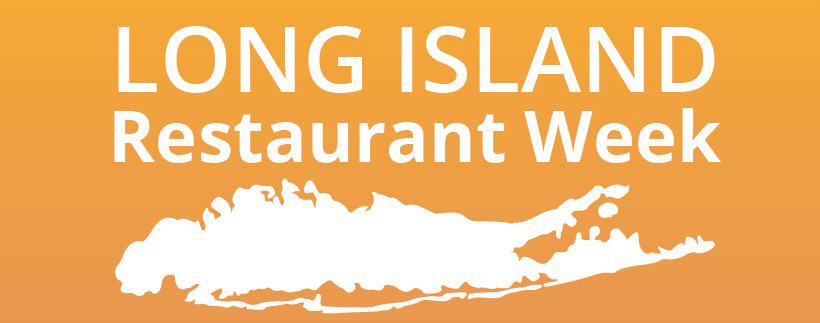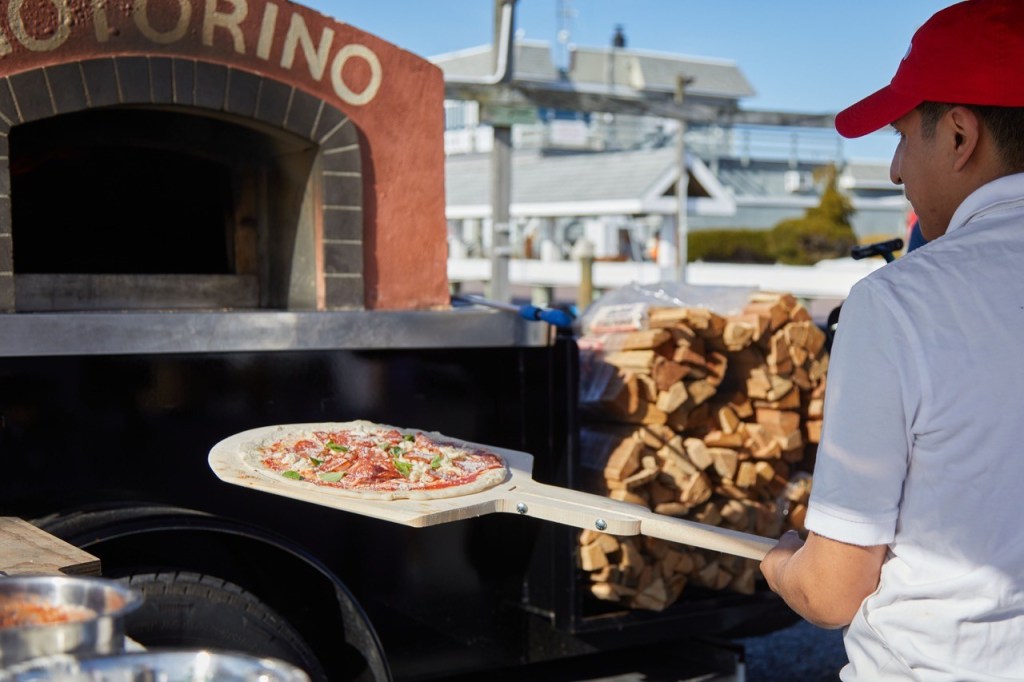An Architectural Tour of the Hamptons

Hamptons architecture showcases a rich visual diversity of history and design. Many highlights of summer take place in and around homes and structures that define the East End landscape, as the architectural vernacular of the area spans from the 1660 Halsey House in Southampton to the cutting-edge Parrish Art Museum in Water Mill. An ideal summer activity is to drive around the East End and admire the passage of time, marked by the juxtaposition of traditional and contemporary architecture.
Starting your drive in Westhampton Beach, head east down Dune Road. This narrow strip of barrier land has some of the most eclectic architecture you will find in the area. The homes share the commonality of being designed for beach living. Dune Road offers everything from the shingle style homes of the 1880s to the postmodern homes of the ’60s and the modern steel and glass structures of today.
Then, it’s off to Southampton Village for a jaunt down Gin Lane. This street is ripe with the homes of the old world aristocracy, as they meet the ultra clean lines of modernism. There are few streets in the Hamptons where you can experience sights like the storied shingled gables of the Meadow Club and a fully restored Norman Jaffe design within walking distance of each other. (Jaffe is the father of Modernist houses on the East End).
In Bridgehampton, take a right at the monument down Ocean Road, passing the colonial architecture at the square and head toward the ocean. The last street on the left is Surfside Drive. Head east. This tiny little street has the entire field guide to American architecture on it. You start with shingle style architecture and progress to everything from the adobe style of the Southwest to one of the finest examples of Frank Lloyd Wright–inspired design in the area.
The next village is Sagaponack for a trip down Daniels Lane. Heading east, you will pass original summer cottages, shingle style homes, contemporary architecture and a glimpse at one of the largest homes in America, the Rennert estate, which can best be seen from a stroll down to Peter’s Pond Beach.
In the village of East Hampton, don’t miss Jaffe’s “Gates of the Grove,” the beautifully designed Jewish Center of the Hamptons. This modern addition to a traditional building boasts an incredible glass ceiling. At the duck pond, make a right on Ocean Avenue, and enjoy the estate section, as you take a right onto Lilly Pond Lane. This street and area is home to some of the best examples of East End architecture from every decade.
After brief stops along Cottage Drive and Lee Avenue Drive, head east again. Dunemere Lane has numerous summer colony homes from the Guilded Age and will lead you on to Further Lane, past the storied Maidstone golf clubhouse. Then head toward Amagansett on Bluff Road. You pass the community of Beach Hampton, which boasts the wild architecture of the ’50s and ’60s. Try to take note of perhaps the most iconic symbol of postmodern architecture of the 1960s—the home architect Charles Gwathmey built for his parents. The angular structure catapulted Gwathmey into worldwide acclaim.
Finish the tour by heading through Napeague and onto Old Montauk Highway. This windy, hilly, old cow path of a road holds architectural treasures that are best discovered from a slow-moving vehicle.
Enjoy the fantastic journey through the heart of some of the finest architecture in the country.
John Laffey is an architect in Water Mill. Visit johnlaffeyarchitects.com.



